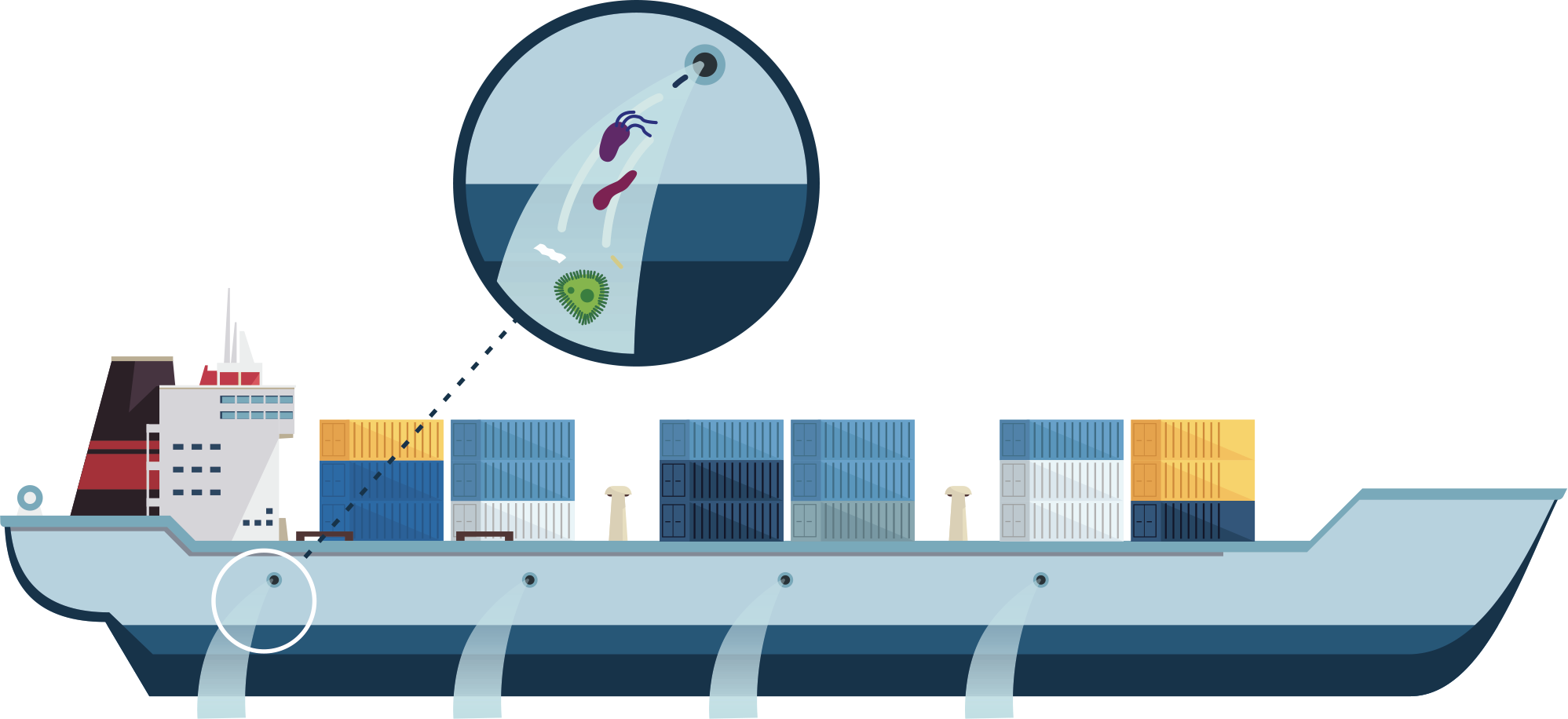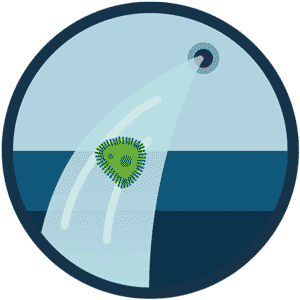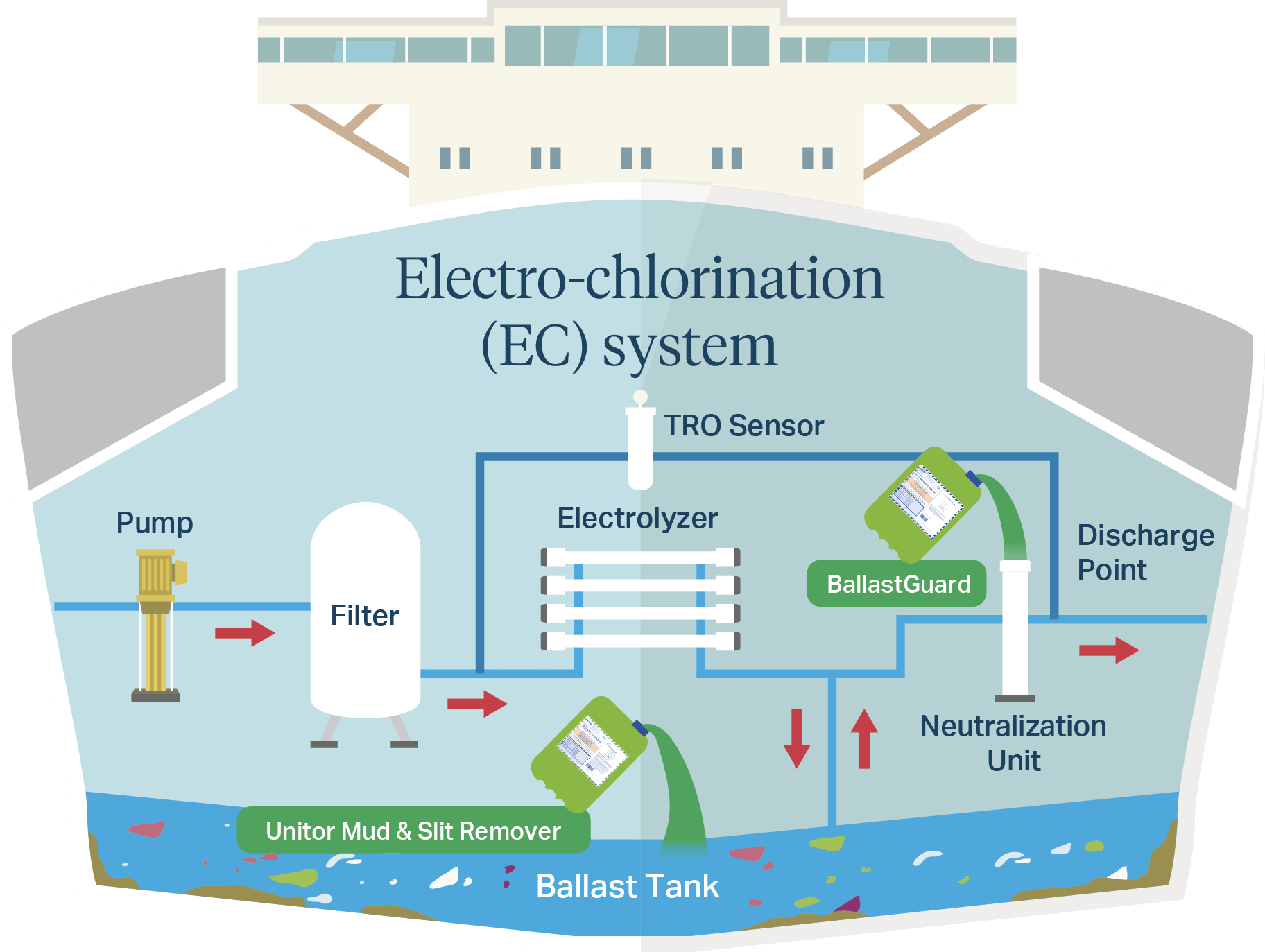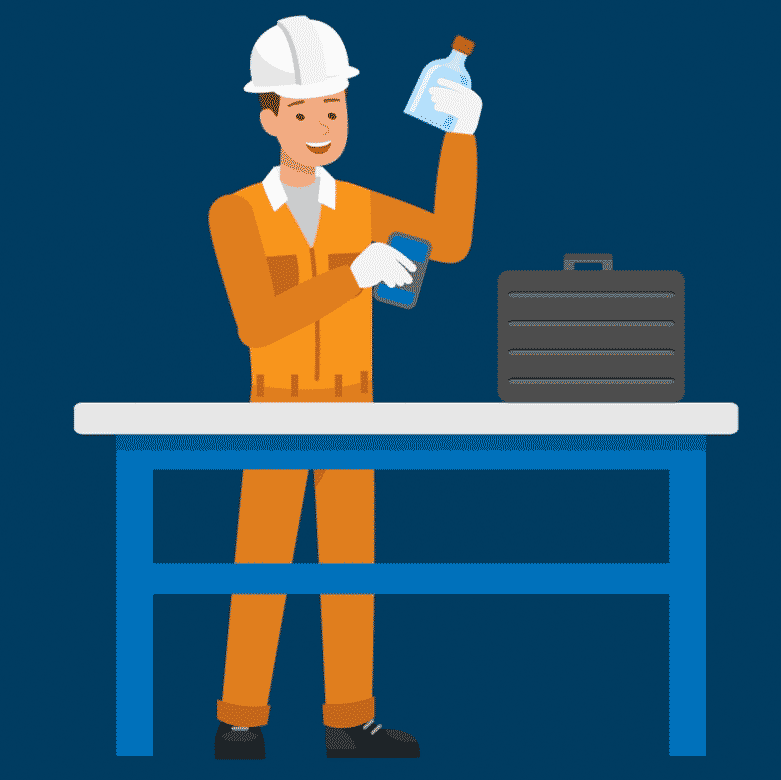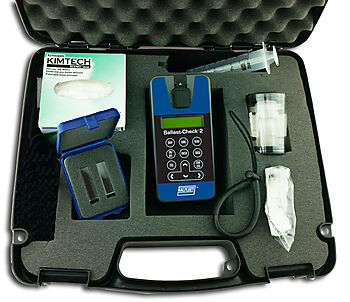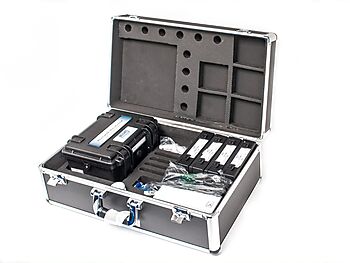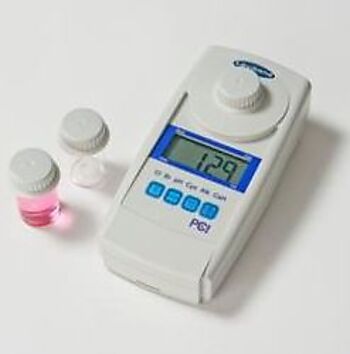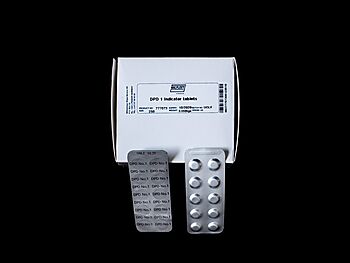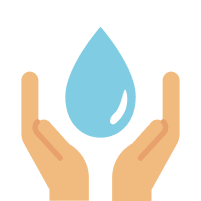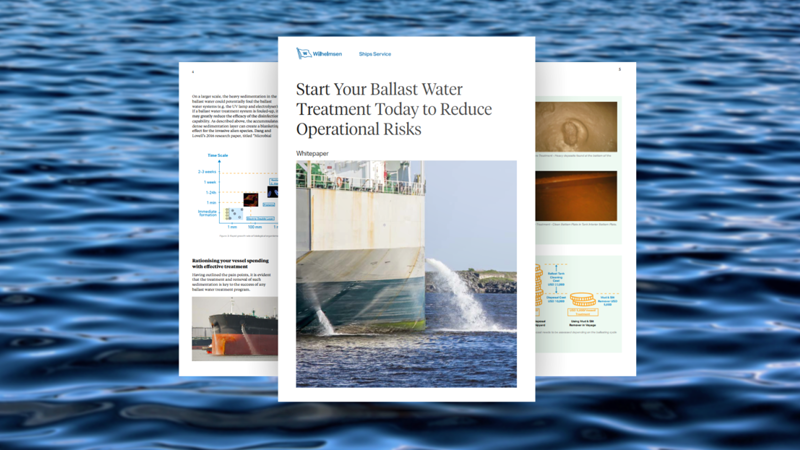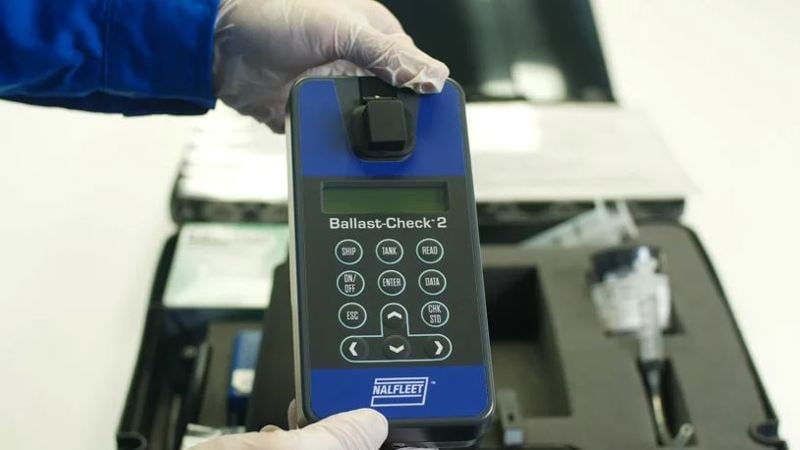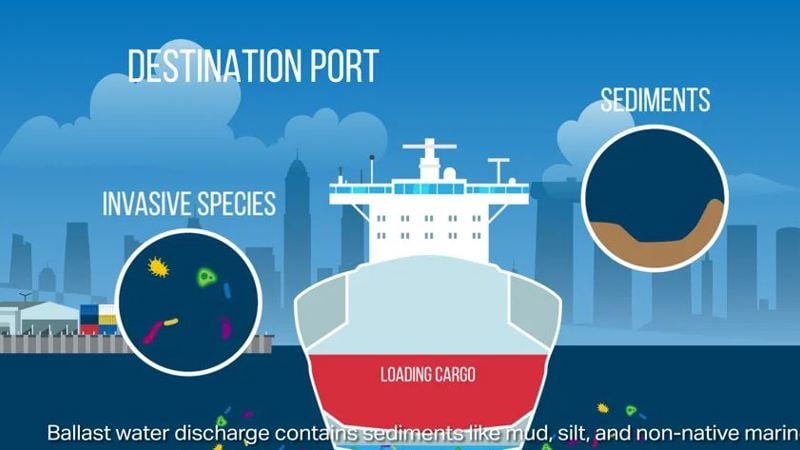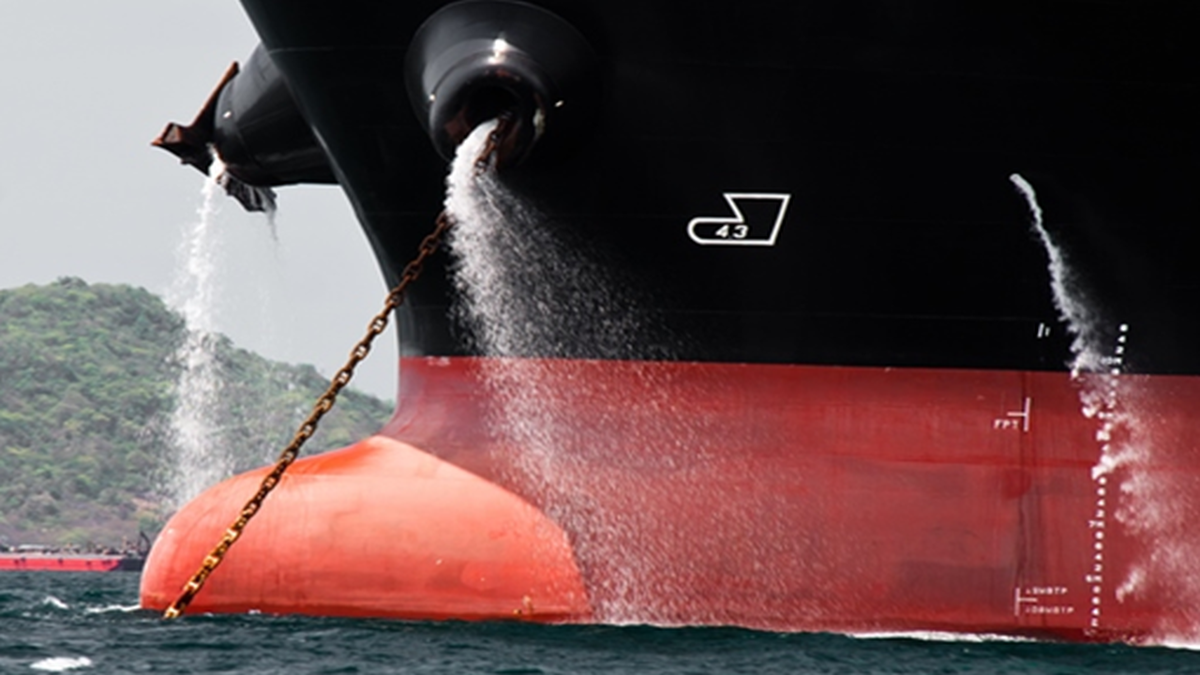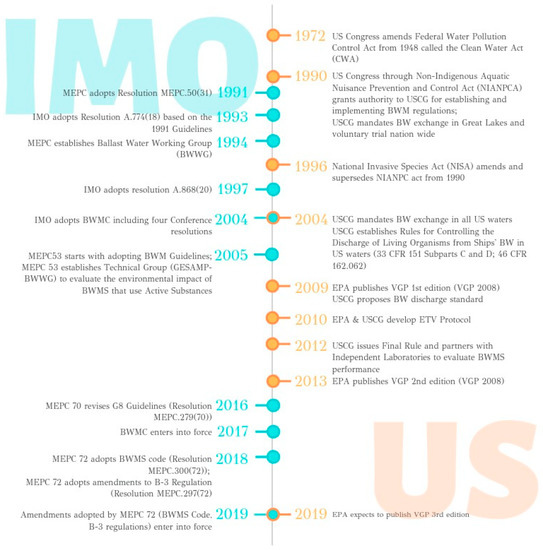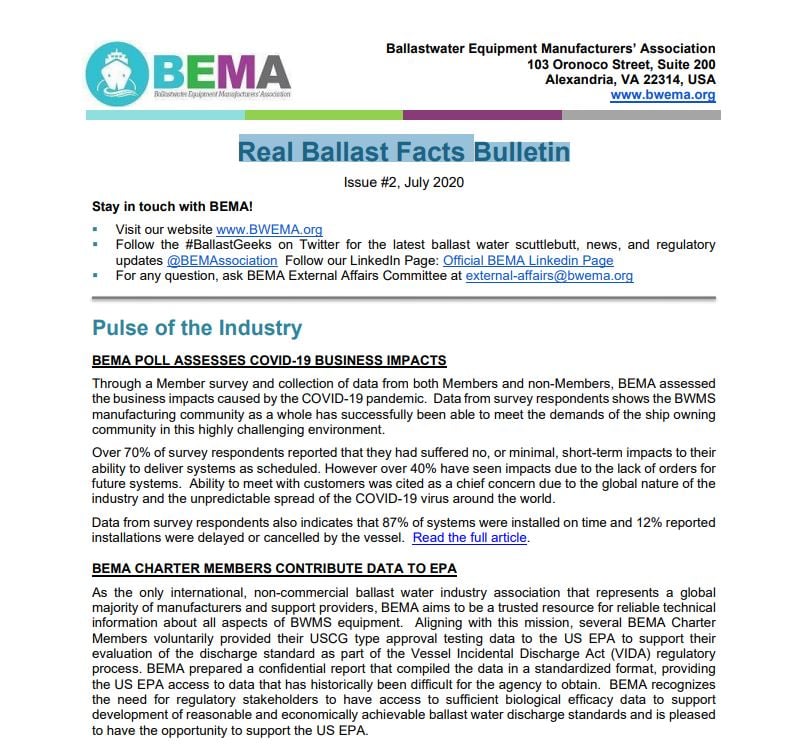What is it?
The Ballast Water Management (BWM) Convention was implemented in 2017 to regulate ballast water discharge and reduce the risk of transferring invasive aquatic species into the sea. All ships were required to comply with the D-2 standard by September 2024.
What should you do?
Today, all ships in operation must manage their ballast water discharges according to a ship-specific ballast water management plan to comply with the discharge standards. Compliance with the regulation should begin with a holistic approach of selecting a type-approved Ballast Water Treatment System (BWTS) as a primary disinfection medium and the effective use of treatment chemicals to keep the ballast water tanks and system in control.
Every detail matters when complying with the ballast water discharge standards. Our “Clean-Comply-Monitor” approach, which combines effective ballast water treatment can help you tackle potential operational issues and comply with the standards.

